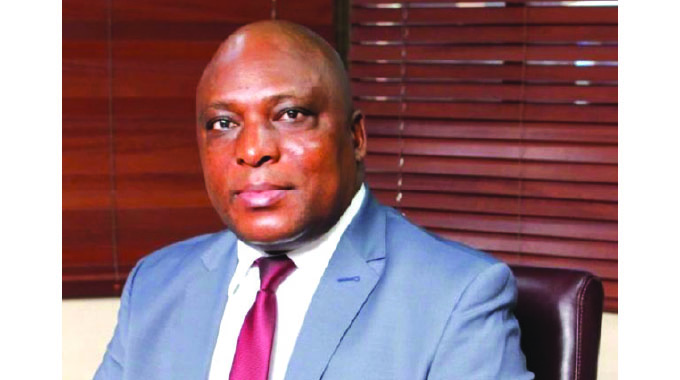15MW Sabi Star Mine plant nears completion

Business Reporter
SABI Star Mine has edged closer to completing its 15 megawatt (MW) thermal power plant built for US$25 million while the lithium miner targets integrating the facility into the national grid by the second half of this year.
The Buhera-based lithium miner currently runs on heavy-duty generators, but the rising costs of diesel and maintenance have seen the company seeking to switch to low-cost thermal power.
In an interview with The Herald Finance & Business this week, Sabi Star mine manager Engineer Oswald Makonese said construction works were almost complete.
“We had massive progress last year and civil works are at 80 percent completion.
“We have already taken delivery of all the machinery and equipment for the power plant.
“What is left is just to assemble the power equipment and we are pleased with the progress so far,” he said.
The thermal power plant will generate up to 15 MW gross electrical power output, with excess power earmarked for the national grid.
“The mine system has a requirement of 12 MW and there are plans to feed the additional 3MW into the national grid for the benefit of the nearby community.
“The over-arching benefit of the project is that it has already created employment for hundreds of people in Buhera. The development of this infrastructure will provide a boost to the local economy through the income multiplier effect,” he added.
Responding to the issue of potential hazards of thermal effluent to villagers in the nearby communities, Eng Makonese said a plan was in place to minimise the dangers.
“The plant has a flue gas conditioning equipment including a 60-meter tall chimney. This includes a Flue Gas Desulphurisation (FGD) system and electrostatic precipitators.
“The FGD process is designed to remove a significant percentage of the Sulphur dioxide contained within the flue gases to comply with current SI72 of 2009 and SAZ ZSW 977. “We anticipate that FGD will remove up to 99 percent of the particulate matter,” Eng added.
For the past 20 years, Zimbabwe has struggled to generate enough electricity to meet demand and has relied on regional neighbours like Namibia, Mozambique, South Africa and Zambia to cover its deficit.
Zimbabwe has one hydropower plant and four coal-fired generators with a combined capacity of 2 240 MW, just enough to meet the country’s demand.
However, the Kariba South hydropower plant, which commissioned another 300 MW in 2018, is only producing a third of its design output because of low dam water levels due to the drought.
Most miners, especially platinum producers import their power, which secures production, but other smaller mines rely on the unstable national grid. This has seen most upcoming mining projects investing in power generation to avoid downtime.
Sabi star lithium mine is one of the three biggest lithium projects in this country and among the few big lithium mines in Africa.
At full production, Sabi Star Mine will produce 300 000 tonnes of concentrate per year generating more than US$600 million at current prices.










Comments